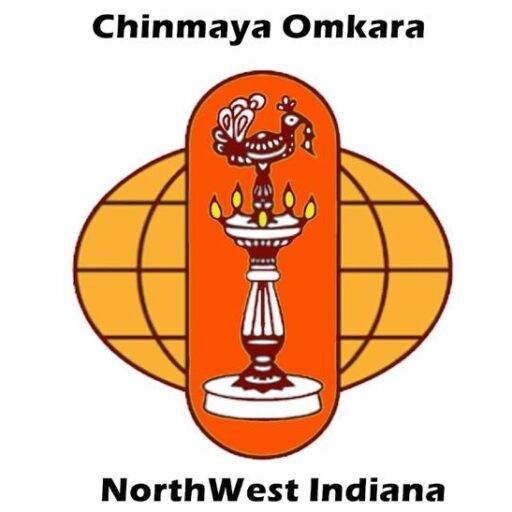Pariksha
Introduction
In our culture, 2 great leaders were Bhagavan Rama and Raja Prithu. The word Prithvi, meaning Earth, came from Prithu because he cared for the Earth as a daughter.
He shared that the 3 primary responsibilities of a ruler are to protect the people or provide ease, to provide employment or engagement and to provide education that promotes one’s evolution.
He also shared that individuals as well as the ruler should follow, facilitate and felicitate (encourage/celebrate) ease, engagement, and education for themselves and others.
The vision of this course is to change our role models to great people like Prince Arjuna and to the greatest, Bhagavan Krishna.
The more we are accepting of others, the more the Creator graces us with our own limitlessness.
Your potential is released because your mind becomes more quiet when you accept others and you do not feel limited.
Question 1: What is the purpose of the Thursday courses?
Evolve from intellectualization to implementation; when we only intellectualize this subject we are taking that which is sacred and making it secular or making a subjective science an objective one; if we do this, there is no transformation.
Question 2: What does dharma mean as a verb and a noun?
Verb: That which integrates
Noun: Responsibilities
Our responsibilities integrate us. No responsibility will come into our lives that will make us a worse person.
Question 3: What is one commonality and one difference between the Kauravas and Pandavas?
Both of them have weaknesses but only the Pandavas recognized it and asked for help.
Question 4: What framework should we follow to make decisions?
Shruti- perspective of the Upanishad or theory (revelations of the divine)
Smriti- perspective of the Gita or one who has lived this historically (like Bhagavan Rama or Prince Arjuna)
Sadaachara- perspective of the rishis or one whom you know who is living
this like a sadhguru
Santushta- perspective of the individual or your “gut feeling”
Question 5: When does Prince Arjuna evolve from a warrior to a disciple?
Chap 2 verse 7- when he surrenders to Lord Krishna and asks for help and says “I am your disciple”
Question 6: What is THE indicator of one who is Enlightened?
Contentment
Question 7: What stops us from living what we know?
Desire and anger
Question 8: What are the practical answers to:
What is reincarnation? Opportunity (to evolve)
What is doership? Forgetfulness (of whose hand is on your head)
What is failure? Irrelevant (for a seeker there is no failure)
What is opportunity? All (to practice/to grow)
Question 9: Fill in the blanks: Knowing all dies, we should be more light-_________ and light-__________.
Light-footed (live simply) and light-hearted
Question 10: What are the summary words for Chapters 7, 8 & 9?
Chapter 7: Internalize
Chapter 8: Concentrate
Chapter 9: Offer
Internalize and concentrate on Tat (Bhagavan Krishna) and then offer up the Tvam (sense of me)
Question 11: What is the means to reducing likes and what is the ends?
Means to reduce likes is to reduce labels. When we reduce likes, we have less limits. The more likes you have, the more limited you are.
Question 12: What does a leela do?
Makes the unmanifest (or joy) manifest. Existence and awareness are already manifest but the joy is what is less clear. Leela makes ananda manifest

